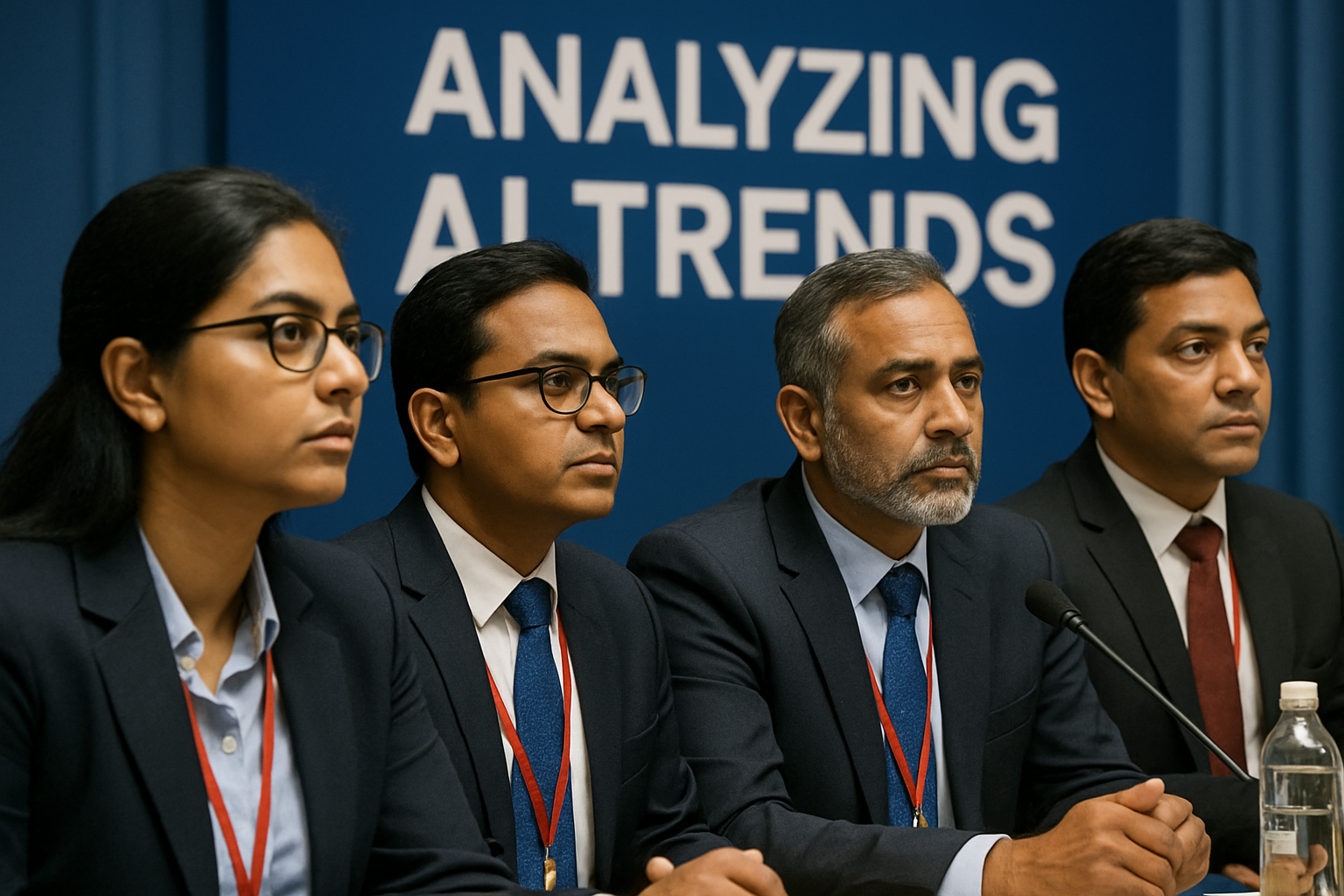Quick Take
- Generative AI enters Gartner’s Trough of Disillusionment, signaling market correction
- Knowledge Graphs advance toward mainstream adoption with reliable reasoning capabilities
- AI Agents and Sovereign AI reach peak expectation positions in 2025 cycle
- Companies confront integration challenges and rising deployment costs
- Foundation Models face scalability gaps between lab success and business reality
The 2025 Gartner Hype Cycle for Artificial Intelligence shows a dramatic shift in enterprise priorities. Generative AI moves from peak excitement into the Trough of Disillusionment while knowledge-based systems build strategic momentum. This transition marks a crucial turning point for business leaders navigating AI investments. Companies worldwide now face the harsh realities of production deployment – model drift, data privacy concerns, and governance complexities that weren’t evident during the initial excitement.
Indian enterprises seeking AI transformation face a particularly critical moment. Gartner’s assessment provides essential guidance for separating genuine technological opportunities from overhyped solutions that promise more than they deliver at scale.
Reality Check Hits AI Deployments
Generative AI’s retreat into the trough follows the predictable pattern of technology maturation. Initial market enthusiasm gives way to practical challenges as organizations try to scale proof-of-concept systems into enterprise-grade solutions.
Foundation Models and synthetic data technologies face similar scaling obstacles. While laboratory demonstrations show impressive capabilities, real-world deployment reveals significant limitations in reliability, cost management, and integration complexity.
This shift signals a healthy correction toward pragmatic implementation strategies rather than technological failure. Companies that survived the initial hype cycle now focus on sustainable, measurable business outcomes instead of experimental applications.
Emerging Technologies Claim Peak Positions
AI Agents and Sovereign AI now occupy the peak expectation positions previously held by generative systems. These technologies promise autonomous assistant capabilities and data sovereignty solutions that address growing regulatory concerns.
Composite AI and AI-TRiSM have gained substantial ground throughout 2025, focusing on reliability and accountability features that directly address enterprise concerns about AI trustworthiness and governance.
Cloud AI Services and Knowledge Graphs show steady progression toward mainstream adoption. These established technologies deliver measurable value through pragmatic deployment rather than experimental implementation, providing a foundation for more advanced AI capabilities.
Knowledge Graphs Deliver Strategic Value
2025 Gartner Hype Cycle for Artificial Intelligence continue their methodical advance toward widespread enterprise adoption. According to Eccenca’s analysis, these systems offer reliable logic and explainable reasoning capabilities that contrast sharply with the powerful yet unpredictable performance of deep learning models.
Gartner emphasizes moving beyond standalone generative solutions toward comprehensive AI approaches that combine multiple technologies for enhanced reliability and business value.
“The next step in AI requires Causal AI,” Gartner states in the 2025 Hype Cycle report. “Current deep learning models have reliability limitations. An approach that combines LLMs with causal knowledge graphs offers promising advancements.”
Businesses should prioritize investing in AI-ready data infrastructure and governance frameworks to support multiple AI applications simultaneously, delivering superior returns on investment compared to single-purpose solutions.
Investment Risk Management Strategies
Generative AI’s trough position doesn’t negate its fundamental business value. Billions in infrastructure investments anchor these technologies firmly within the enterprise technology stack, making complete abandonment economically unfeasible.
The ecosystem surrounding large language models continues expanding rapidly. Fine-tuning libraries, plugin frameworks, and safety toolkits mature alongside core models, enabling early adopters to realize measurable gains in content creation and process automation.
Regulation and governance standards solidify across industries as best practices emerge. Enterprises transition systematically from experimental pilots to production deployments, turning initial hype into deliverable business solutions.
Strategic Planning for Executive Leadership
AI-native software engineering and FinOps for AI emerge as critical operational trends. Organizations must prepare for new tools managing AI application costs, version control, and performance optimization as deployments scale beyond pilot programs.
Neurosymbolic AI and Decision Intelligence remain in early development phases. Breakthroughs in these areas could fundamentally redefine strategic decision-making capabilities, potentially solving explainability challenges that currently limit AI adoption in regulated industries.
The next 12 to 18 months will separate sustainable pilot programs from industrial-scale production systems. Companies must prepare infrastructure and governance frameworks capable of supporting the transition from experimentation to enterprise deployment.
Investment focus should shift toward AI-enabling capabilities rather than application-specific solutions. High-quality, contextualized data provides the foundation for multiple AI use cases, while responsible governance ensures consistent, scalable delivery across business functions.
The 2025 Hype Cycle underscores AI’s maturation from speculative promise to practical reality. Generative AI’s movement into the trough signals healthy technology development. True industrial transformation begins when pilot programs successfully transition to production systems delivering measurable business value.






